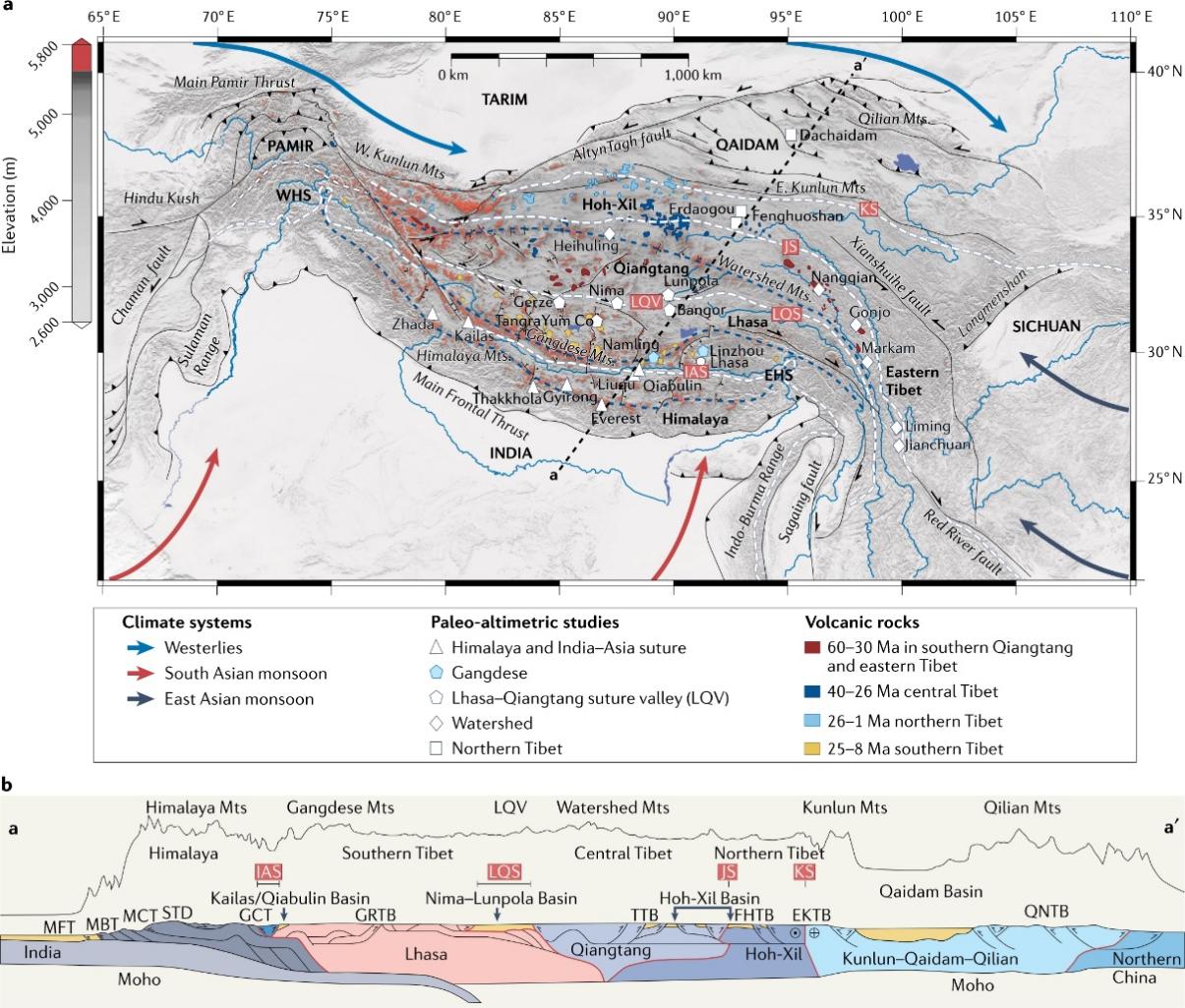
 2022-08-03
2022-08-03

 2022-06-26
2022-06-26

 2022-06-26
2022-06-26

The Third Pole , which is centered on the Tibetan Plateau , stores the most frozen water in the world after the Antarctic and Arctic . As a reliable water supply for almost 2 billion people , it has become known as the “ Asian Water Tower . ” However .With more liquid water in the northern endorheic basins and less in the southern exorheic basins . “ Such imbalance is expected to pose a great challenge to the supply-demand balancing of water resources in downstream regions . ” said Prof . Tandong Yao .
 2022-06-08
2022-06-08
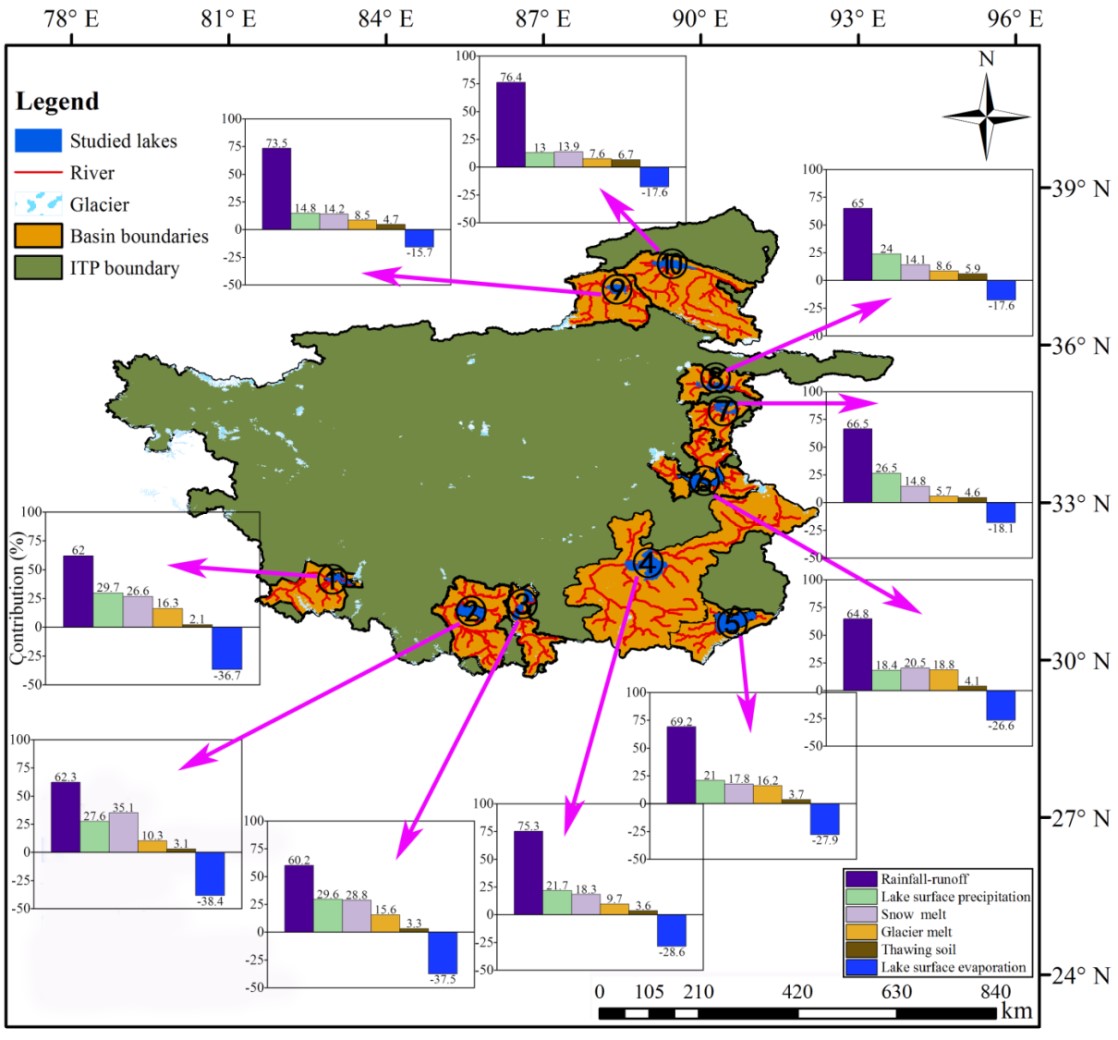
Despite a recent global decline in the volume of endorheic water bodies , lakes in the interior Tibetan Plateau ( ITP ) have expanded remarkably since the mid-1990s .However , the underlying hydrological processes and the role of cryospheric change remain largely unclear at present because challenging terrain conditions hinder observations of complex interactions among the atmosphere , cryosphere .And hydrosphere in high-mountain lake basins .
 2022-04-18
2022-04-18
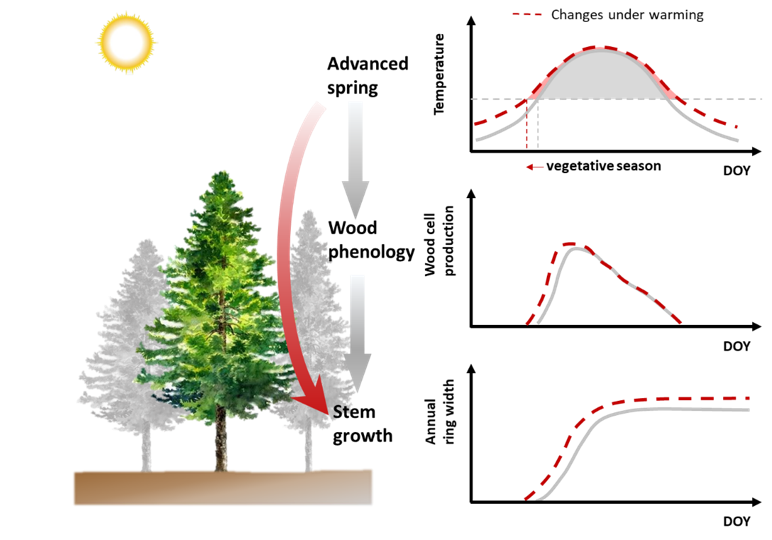
TRS_Editor FONT { font-family : Times New Roman .That trees may benefit from an earlier start of the growing season ? in cold humid areas , but not in dry areas .Trees tend to sprout and resume growth earlier as climate warms , but whether and how an earlier start of the growing season.Start on a hemispheric scale . ” said Prof . LIANG .Spatial patterns of tree growth in response to an earlier growing season onset .Plateau and the Tibetan Plateau , which correspond to cold and dry conditions , where forests are typically limited by a number of factors including low.
 2022-03-01
2022-03-01

A new study led by Prof . LIANG Eryuan from the Institute of Tibetan Plateau Research ( ITP ) of the Chinese Academy of Sciences ( CAS ) shows that global warming has suppressed shrub recruitment in Greenland and the Tibetan Plateau .The research was supported by the National Natural Science Foundation of China , the Youth Innovation Promotion Association , the Chinese Academy of Sciences , and the Second Tibetan Plateau Scientific Expedition and Research Program .
 2022-02-23
2022-02-23
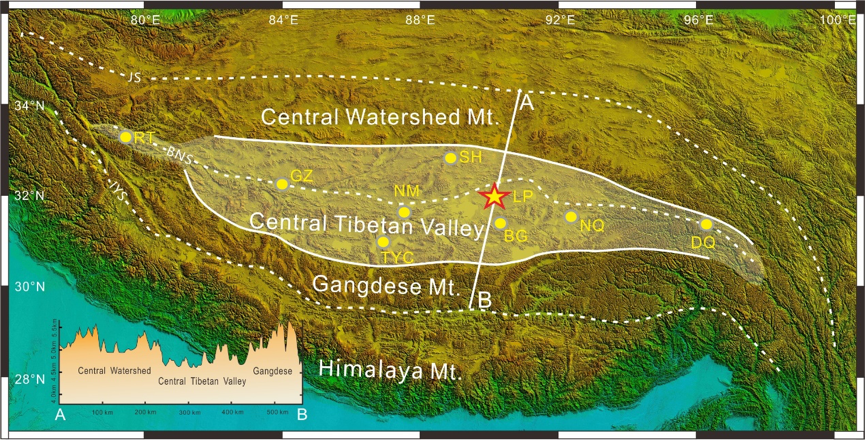
A new study led by Prof. DING Lin from the Institute of Tibetan Plateau Research (ITP) of the Chinese Academy of Sciences has revealed the evolution of the Central Tibetan Valley, which may shed light on the formation of Tibetan Plateau.
 2022-02-10
2022-02-10
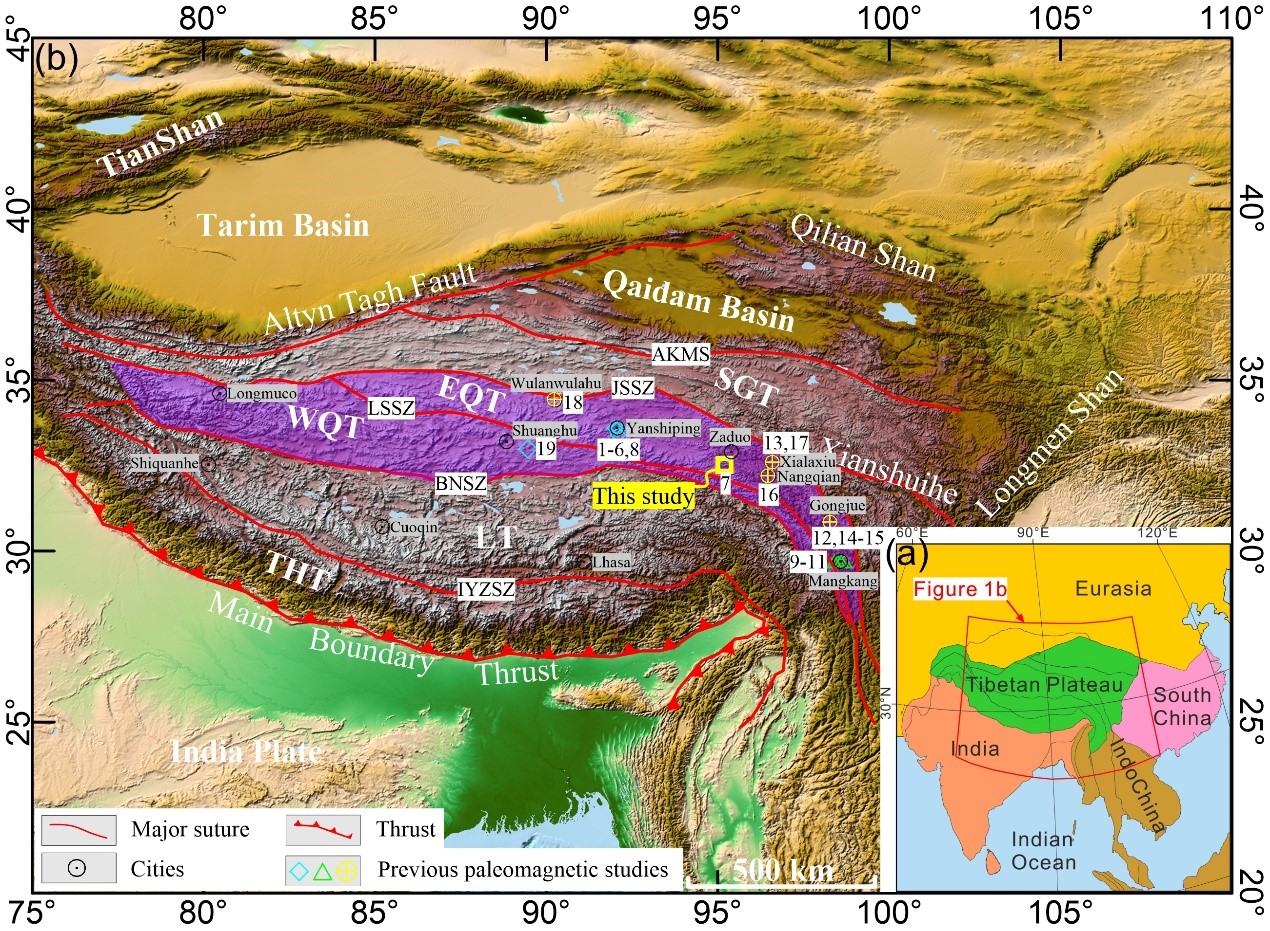
 2022-01-14
2022-01-14
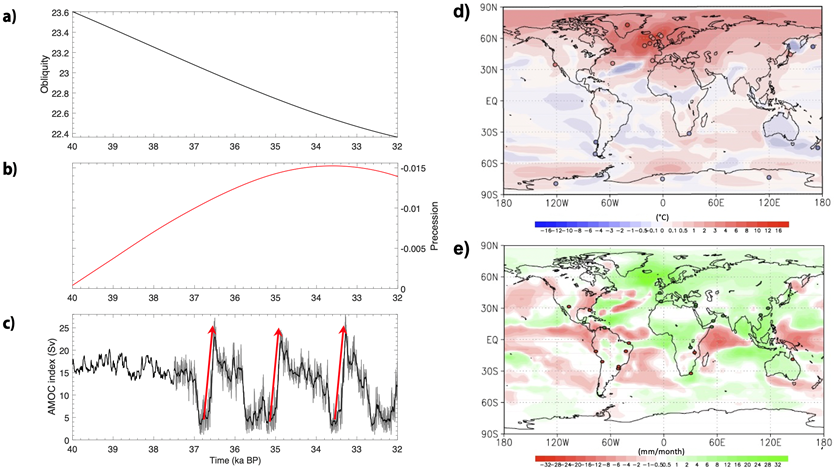
 2021-11-09
2021-11-09